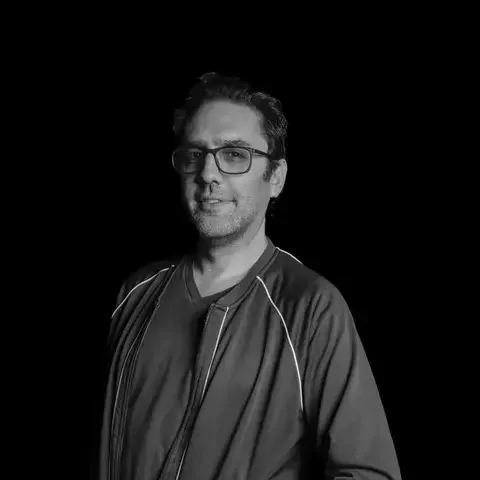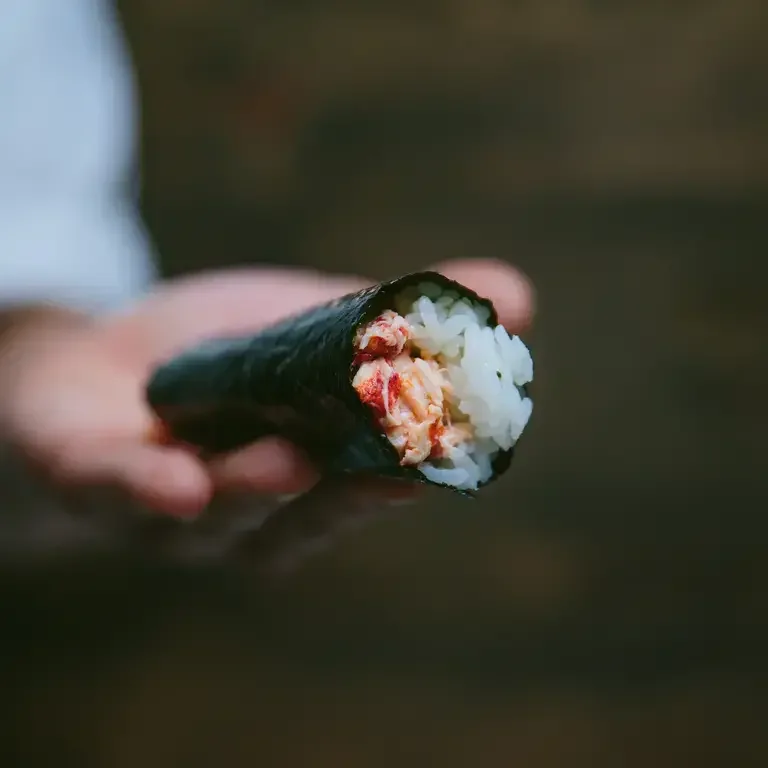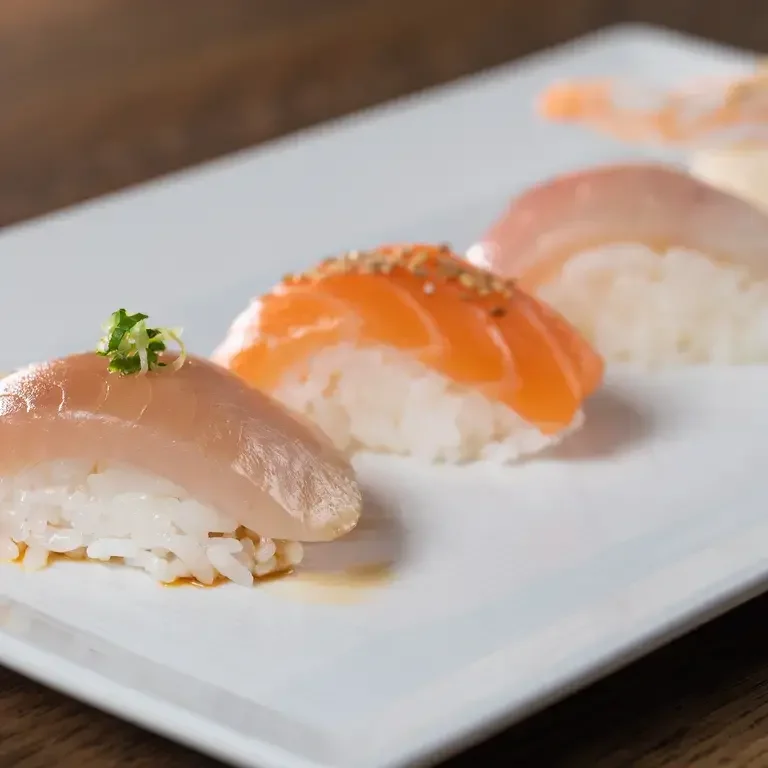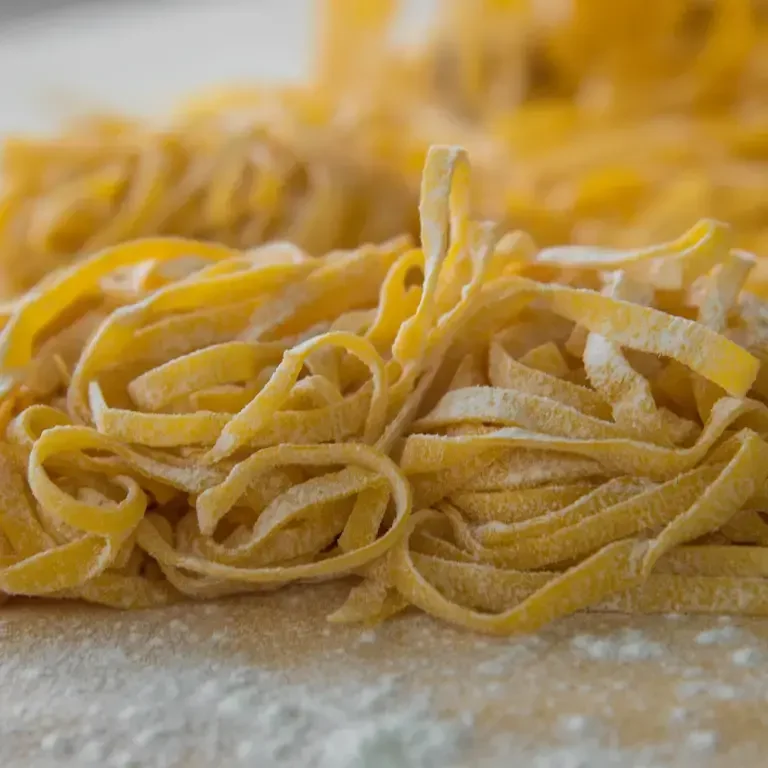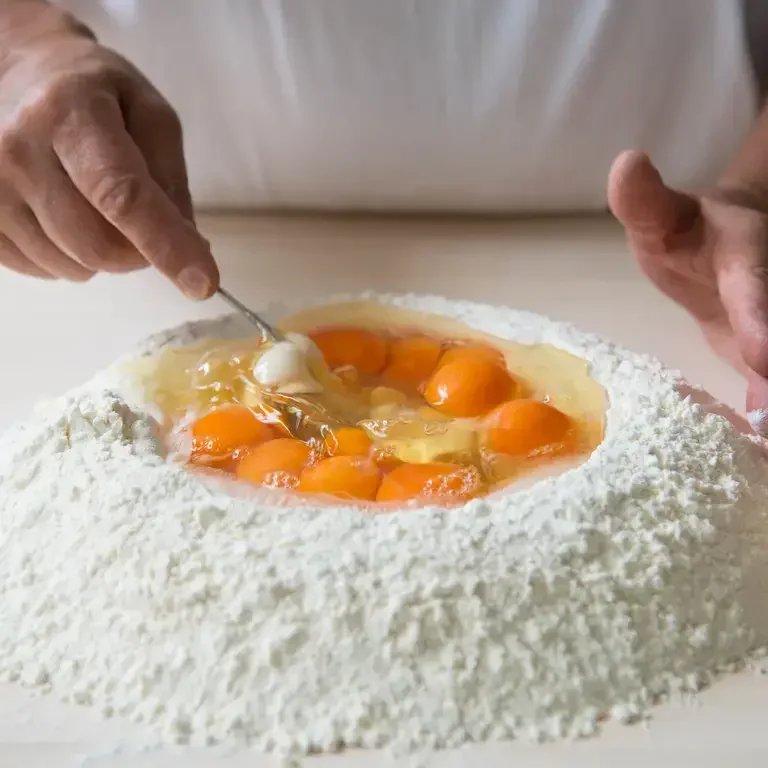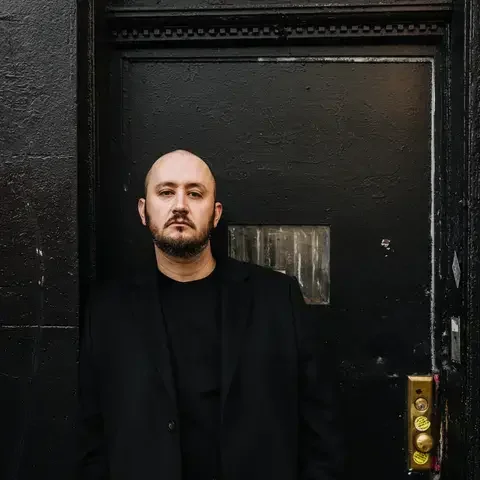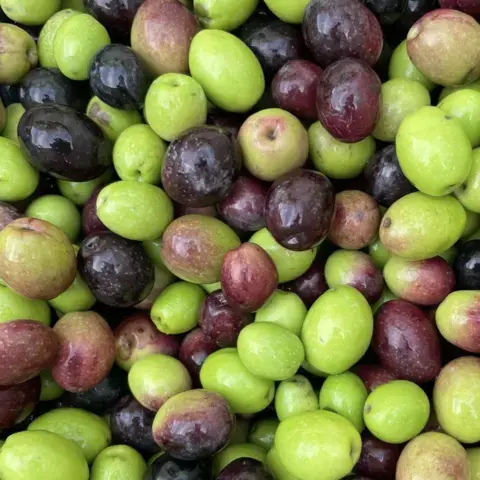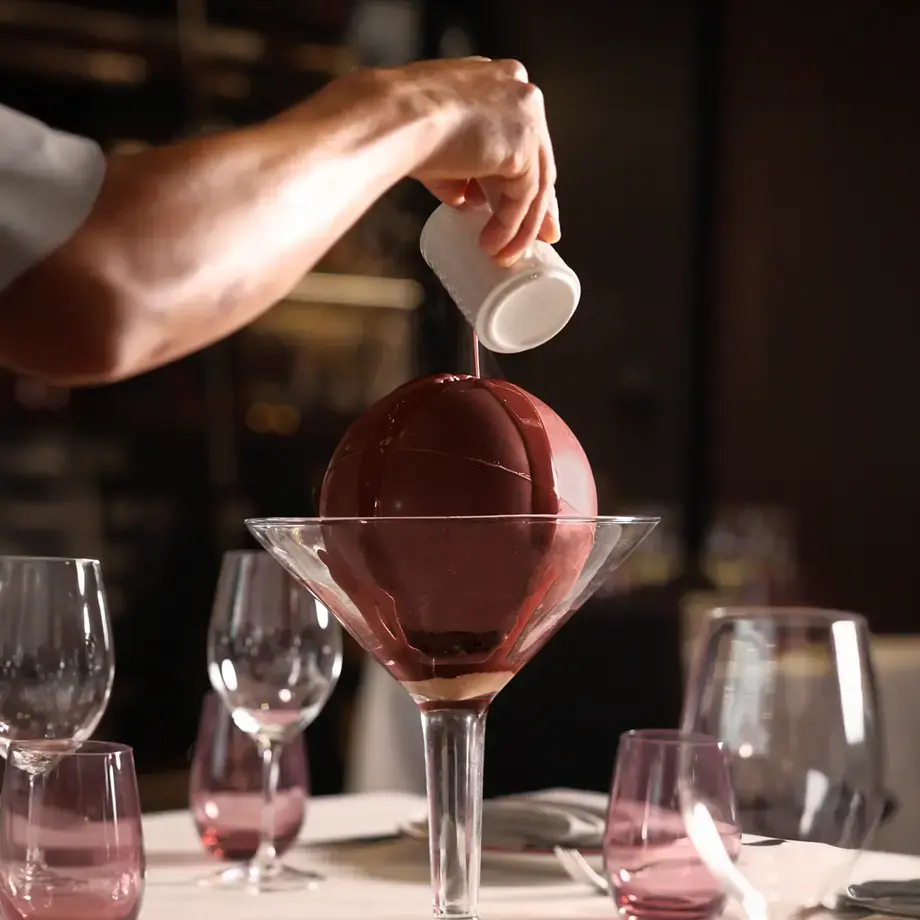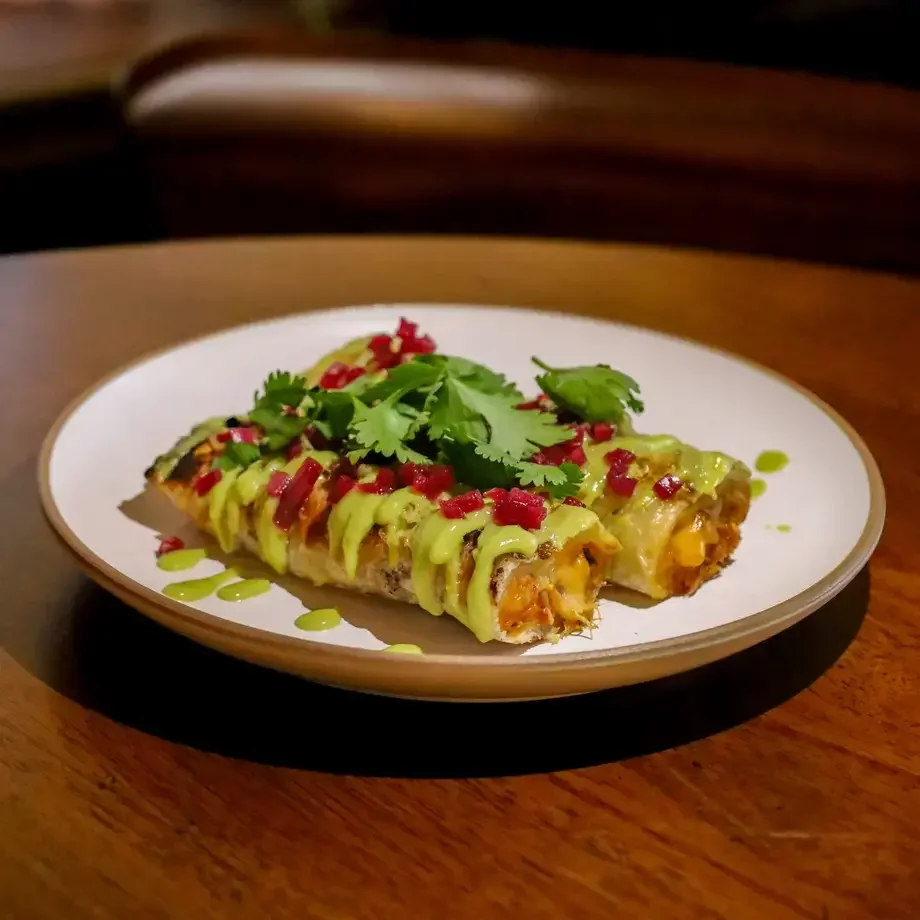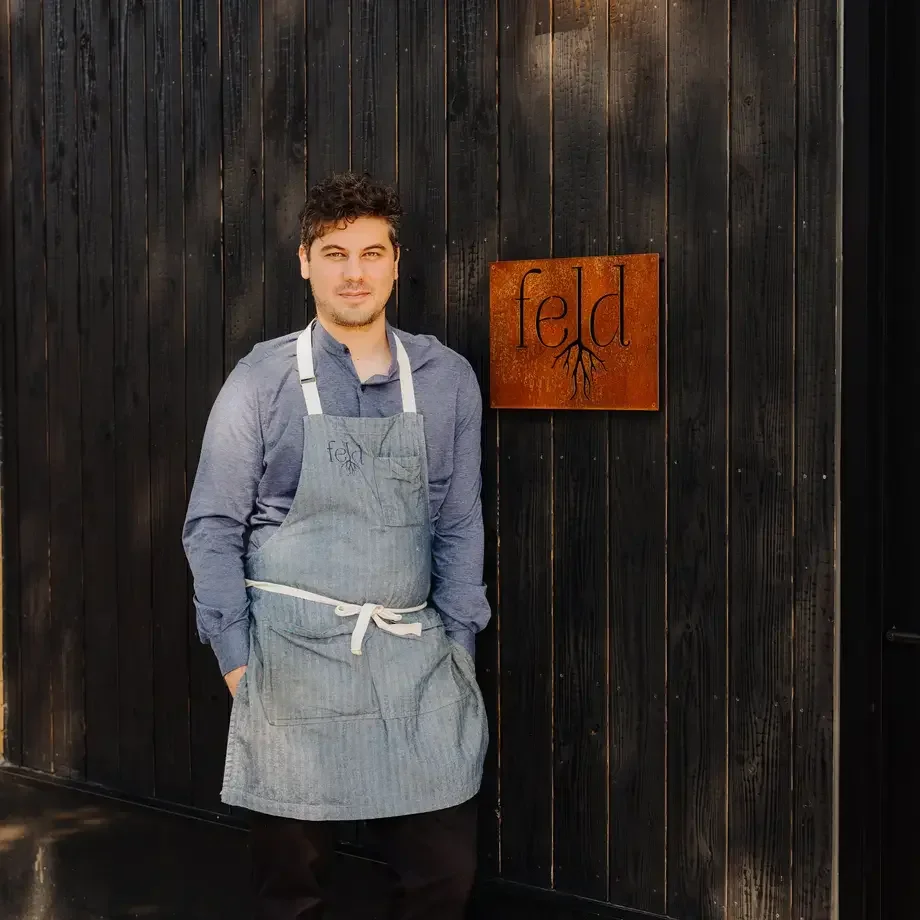Most restaurant groups expand with a clear trade-off: as the number of locations increases, quality tends to decline. Growth requires standardization, efficiency, and often, cost-cutting, all of which make it difficult to maintain the high standards of a small, independent kitchen.
But Jerry Greenberg and his partners at Sushi Nozawa Group, HiHo Cheeseburger, UOVO, and Matū reject that premise entirely. Instead of accepting that scale leads to a dip in quality, they have built their businesses around the radical belief that expansion should make the food better.
“Most businesses, as they scale, quality decreases. That’s just a natural outcome,” Greenberg explains. “We don’t look at growth as all that important. But if we can make our food better by having a few more restaurants, then that’s key.”
It’s an ambitious mission, but across their four distinct restaurant groups, it’s one that has proven to work.
One Philosophy, Four Separate Businesses
Unlike traditional restaurant groups, these four businesses do not operate as a single entity. Each concept—Sushi Nozawa Group, HiHo Cheeseburger, UOVO, and Matū—has its own leadership, operations, and culinary focus. What unites them is their shared commitment to quality, their obsessive approach to sourcing, and their belief that every bite should be as good as—or better than—the last.

